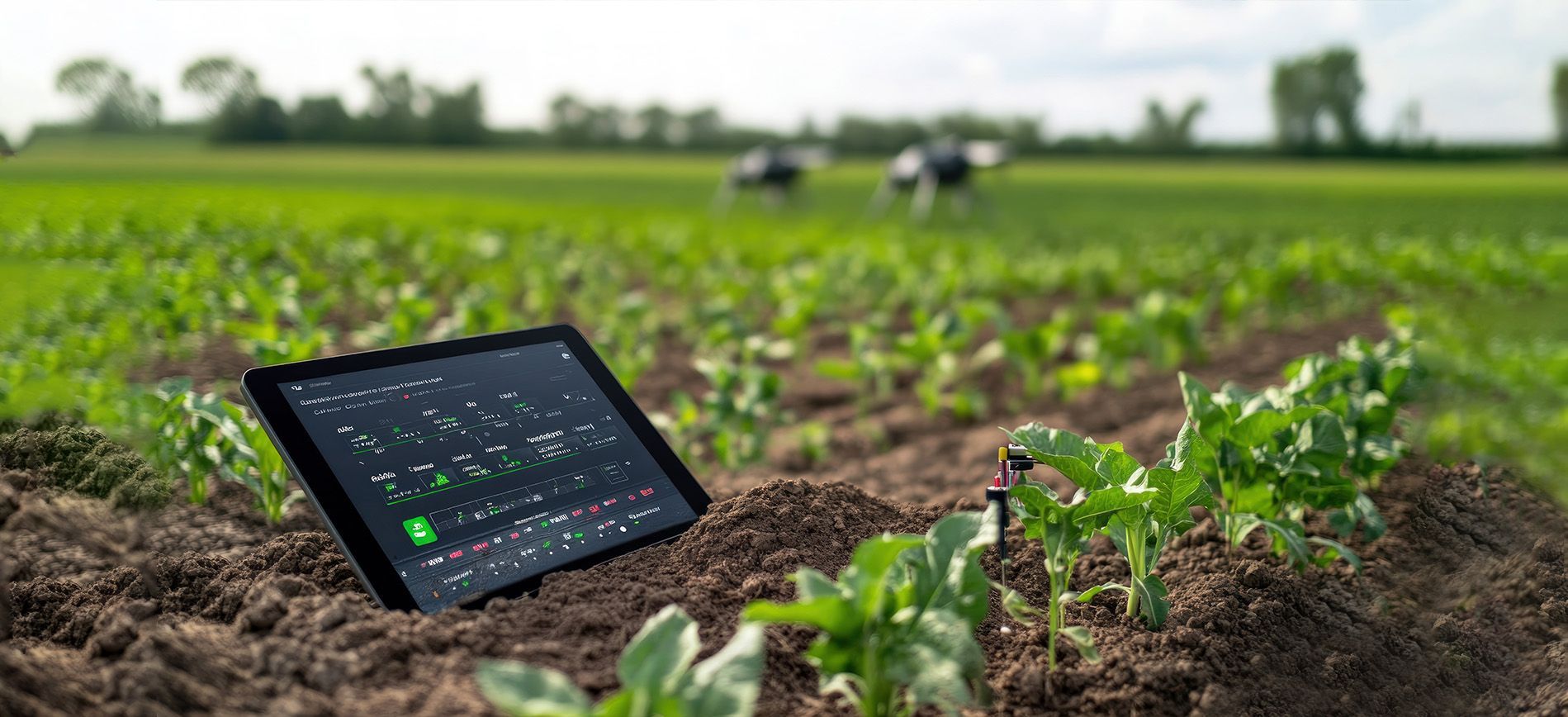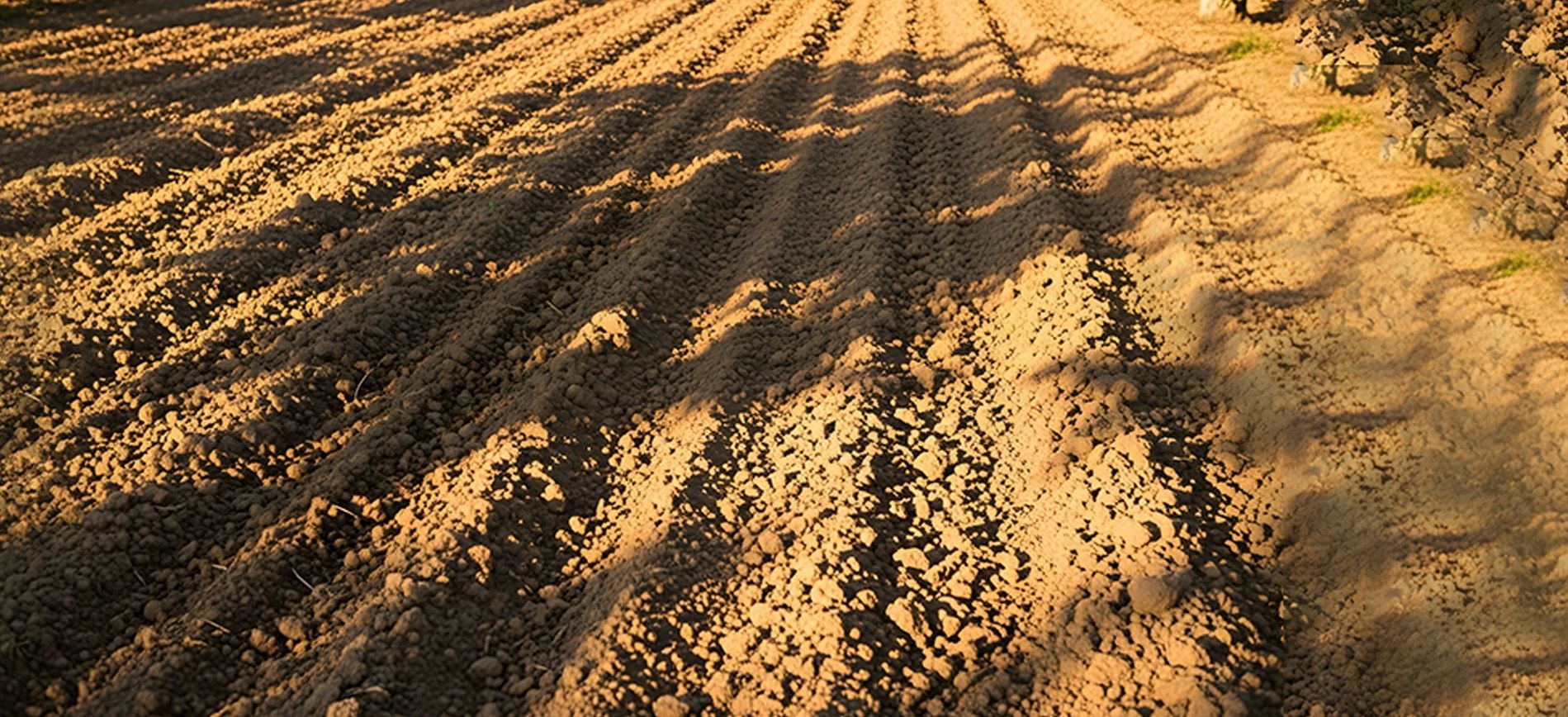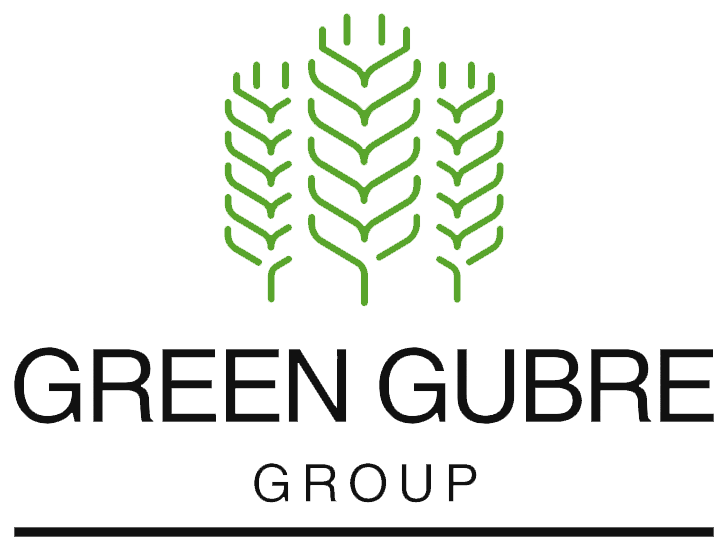India’s Fertilizer Demand in 2025 – A Balancing Act Between Productivity and Sustainability
India’s Fertilizer Demand in 2025 – A Balancing Act Between Productivity and Sustainability
India’s agricultural sector, the backbone of its economy, is facing a significant and urgent challenge in the coming years. With a population exceeding 1.4 billion, rising food demands, and climate variability, the need to produce more food while protecting its land and environment is more pressing than ever. Fertilizers—especially urea, NPK, and ammonium-based compounds—are at the center of this urgent challenge, making the topic of India's Fertilizer Demand in 2025 a crucial one to explore.
This blog explores India’s current fertilizer needs, the role of granular and prilled urea, the government’s subsidy structure, and how cutting-edge science is transforming India’s approach to fertilizer use.

India’s Fertilizer Landscape – 2025 Snapshot
India is the second-largest fertilizer consumer in the world and relies heavily on imports for several key products. As of 2025:
- Urea continues to dominate India’s fertilizer market, accounting for over 50% of total nitrogen fertilizer usage.
- NPK blends such as 20-20-0, 10-26-26, and 12-32-16 are critical for multi-crop nutrition across India’s diverse agricultural zones.
- DAP (Diammonium Phosphate) is essential for cereal crops and is widely used during rabi (winter) and kharif (summer) seasons.
India is increasingly importing potash and sulfur-based fertilizers to correct nutrient imbalances.
The Dual Challenge: Productivity vs. Environmental Impact
While fertilizers have helped India achieve self-sufficiency in staple crops like rice and wheat, overuse and imbalance have led to:
- Soil degradation and micronutrient depletion (notably sulfur, zinc, and boron).
- Water pollution due to runoff and nitrate leaching.
- Low nitrogen use efficiency—often below 40%.
To address these issues, India is now focusing on:
- Balanced fertilization using soil health cards and region-specific recommendations.
- Enhanced Efficiency Fertilizers (EEFs) like neem-coated urea and controlled-release urea.
- Micro-irrigation and fertigation to deliver nutrients with greater precision.
| Parameter | Granular Urea | Prilled Urea |
|---|---|---|
| Appearance | Larger, uniform granules | Delicate, smooth, small prills |
| Usage | Mechanized & broad-acre farming | Manual application & rain-fed fields |
| Preferred Regions | Punjab, Haryana, Uttar Pradesh | Bihar, West Bengal, Assam |
| Advantages | Less volatilization, better handling | Faster dissolution, cost-effective |
India consumes granular and prilled forms based on crop type, geography, and application method. However, granular urea is increasingly promoted due to improved nitrogen retention and compatibility with modern machinery.
Subsidy Reforms & Government Support
India’s fertilizer subsidy system is one of the largest globally, aiming to keep fertilizers affordable for farmers. In 2025:
- The Direct Benefit Transfer (DBT) system, a government initiative, ensures that subsidies are directly credited to the retailer's account after the sale is confirmed. This reduces the possibility of diversion and ensures the benefits reach the intended beneficiaries.
- Budget allocations remain high, especially for urea and DAP.
- New incentives are being introduced to support using low-carbon agricultural inputs and promote sustainable farming practices. These include
green ammonia-based urea, a low-carbon alternative to traditional urea, and
nano-urea, a nanotechnology-based fertilizer that enhances nitrogen efficiency.
The Indian government is also pushing for:
- Expansion of domestic urea plants using natural gas and coal gasification.
- Strategic fertilizer import agreements with countries in the Middle East, Russia, and Southeast Asia.
Innovation & Science at Work
India’s research institutions and startups are driving a shift toward climate-resilient fertilizer use:
- Nano-fertilizers, such as nano-urea from IFFCO, are being tested and rolled out to improve nitrogen efficiency.
- Soil microbiome enhancement using biofertilizers and beneficial bacteria.
- AI-driven decision tools help farmers determine the right type, time, and quantity of fertilizers based on soil, crop, and weather data.
India's fertilizer future, focusing on sustainable growth, is a beacon of hope. Emerging themes, such as custom NPK blends and carbon-neutral fertilizers, promise a brighter, more sustainable future.
India’s fertilizer future lies in balancing scale with sustainability. Emerging themes include:
- Custom NPK blends tailored to region and crop.
- Expansion of green ammonia production through renewable energy.
- Broader adoption of
carbon-neutral fertilizers in response to EU CBAM and ESG-aligned trade requirements.
India’s ability to innovate and adapt in agriculture will determine its domestic food security and role in feeding the broader Global South. As agricultural professionals, policymakers, researchers, and environmentally conscious readers, your role in shaping India's agrarian future is crucial but pivotal. The strategies and innovations discussed in this blog have the potential to impact global food security significantly, and your contributions are integral but indispensable to this process.




